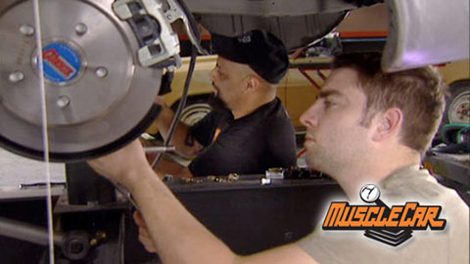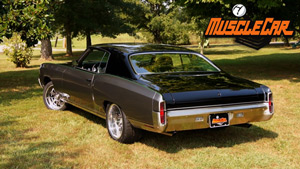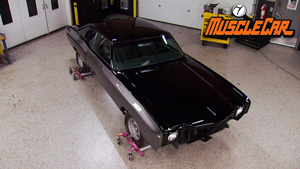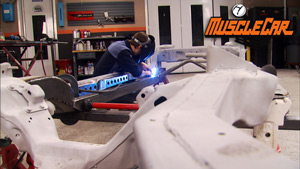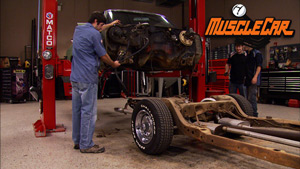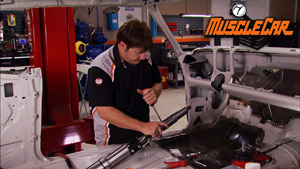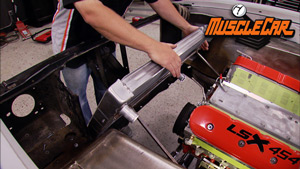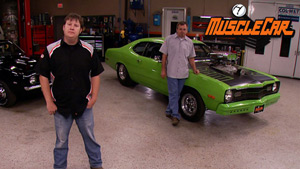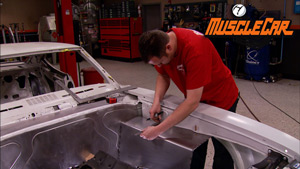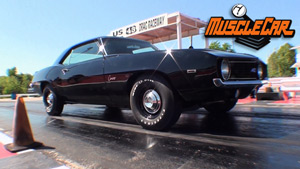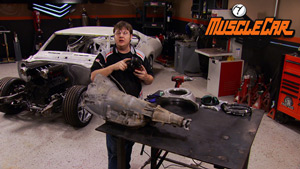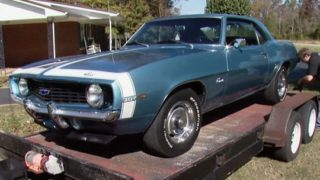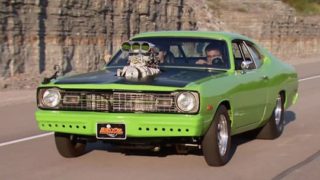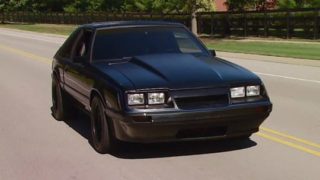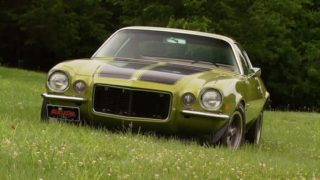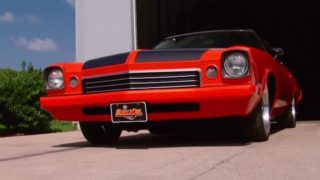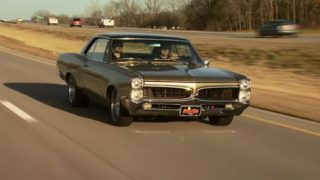MuscleCar Builds
Want more content like this?
Join the PowerNation Email NewsletterParts Used In This Episode
Air-Ride Technologies
Triangular 4 bar suspension with shockwaves (shock and air spring all-in-one).
Amercian Torque
17 x 7 Wheels.
Amercian Torque
18 x 10 wheels.
BF Goodrich
215/45 ZR 17-G Force T/A Tires.
BF Goodrich
295/35 18G-Force Drag Radial Tire.
Currie Enterprises
3.73 Dana 60.
Dake
Welders glasses, Belt sander and band saw.
Flowmaster
3" Universal dual kit.
Matco Tools
Tool press, rollaway and gloves.
Pattons Inc.
Col-Met-paint booth.
Scotch-Brite
Red scrub pads.
YearOne
High flow cast iron exhasut manifolds.
